Archive
2025
2024
2022
2021
2020
2019
2018
2017
2016
2015
2014
2013
2012
Best locations to see the stars in Costa Rica
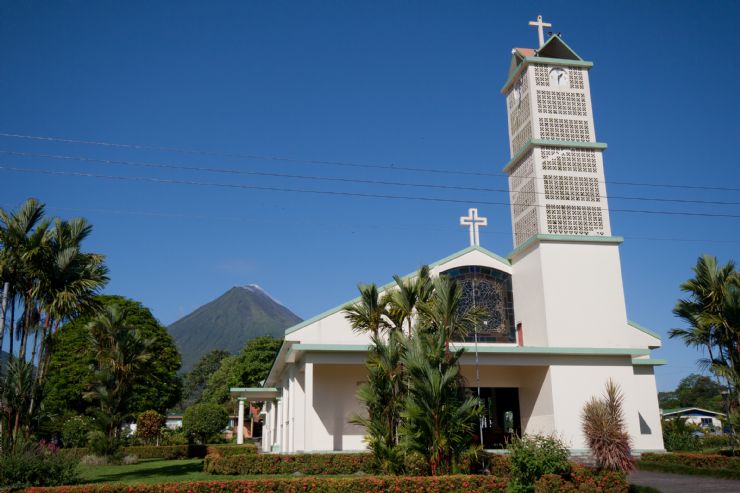 La Fortuna main church
La Fortuna main church
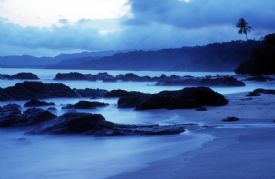
Montezuma beach at night |
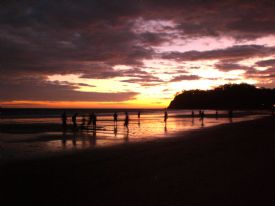
People having fun while playing soccer on the beach |
For years Costa Rica has been ranked as one of the top 10 cleanest countries in the world. All my frog friends and I couldn't be happier! On top of that, my home has blazed the trail for ecotourists everywhere, boasting a reputation of being "green". It's no surprise, then, that Costa Rica is a stunning place to stargaze.
Astronomy buffs will know that the dry season of Costa Rica offers plenty of opportunities to discover the starry sky. Explore the constellations of the Southern Cross, Omega Centauri and endless other jewels in the Milky Way Galaxy. I like to climb the tallest trees to get a good seat for stargazing!
In the quiet town of La Fortuna, you can find awesome spots to search for star clusters. It's located less than 7 kilometers from the Arenal Volcano in northern Costa Rica. As the moon chases the sun out of the sky, stargazers and frogs alike adjust their eyes for Magellanic Clouds, which are two dwarf galaxies. Impressively, Costa Rica is one of the few places in the northern hemisphere where the galaxies are visible. Both were discovered by Magellan in the 1520s. Mark your calendars; these gems are best seen between mid-December through mid-April.
You'll have no trouble steering clear of light pollution at Samara Beach in Guanacaste, a hidden tropical paradise on the Pacific Ocean. Since it's a bit off the beaten path (the more remote, the better if you ask me), the open areas provide breathtaking sunsets that evolve into a star-filled canopy. The town is also considered one of the safest beaches in the country, so feel free to stay up late gazing away.
7 Days / 6 Nights
Starting at $779 per person
Situated on the edge of the Nicoya Peninsula, Montezuma's splendor ranges from stars to sand. It has an open-air culture that pours out over the Pacific, where you'll be able to spot a variety of different constellations - things you'd normally never catch in a overly busy town. You can believe me, I've hopped everywhere. Though the tide pools are nice to cool off in at night, watch out for rip currents if you decide to wade in the waters.
When to Go
Costa Rica has two distinct rainy and dry seasons. The dry season runs from mid-November to late April, and provides the best chance to catch the stars at their brightest. In Guanacaste, the dry northwestern province, the dry seasons lasts a few weeks longer than other regions. To get a little less rain and a lot more stars during your rainforest exploration, be sure to come during this time.
If you're looking for a team to see the stars with, meet Gary Seronik. He leads a group called the Travelquest Costa Rica Southern Sky Party, which is designed specifically for stargazers looking to the make the most out of the trip! Based in the lodge on the Gulf of Nicoya, the team offers five uninterrupted evenings of southern sky stargazing from the grounds of the their private Star Lodge. They have both morning and afternoon bird-watching and nature walks. Don't miss out on this illuminating experience!
How Costa Rica got so Clean
Thanks to Costa Rica's green spirit, there are a handful of different place to catch the stars without light pollution. In fact, almost 95 percent of the nation's energy needs come from local renewable sources. In fact, I hear that Costa Rican government is trying to go carbon neutral by 2021. Without a doubt, this will only make the country and its stars shine brighter.
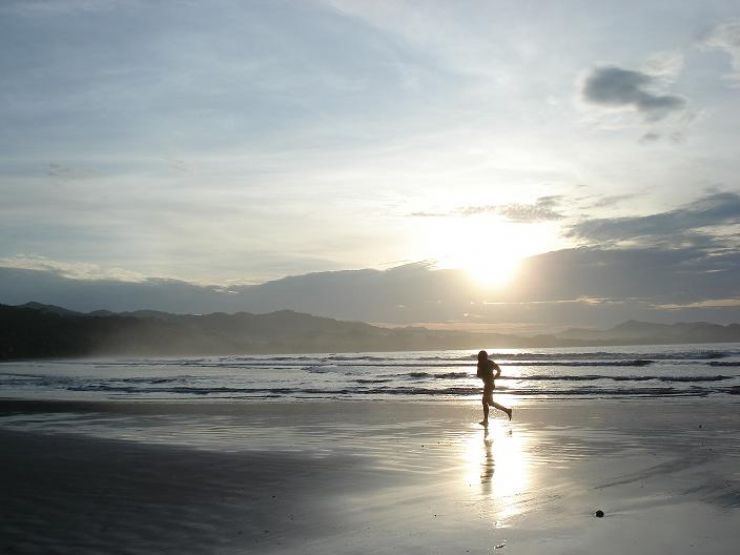 Jogging alone at Playa Samara
Jogging alone at Playa Samara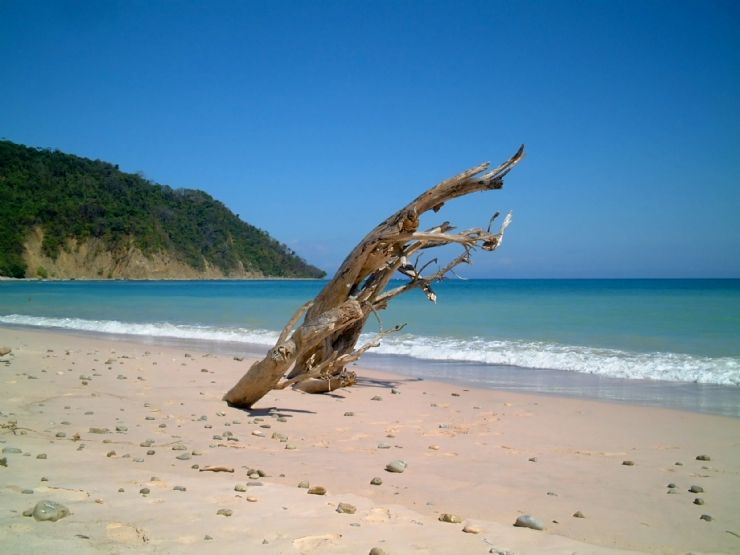 Beach with dead tree in Montezuma
Beach with dead tree in Montezuma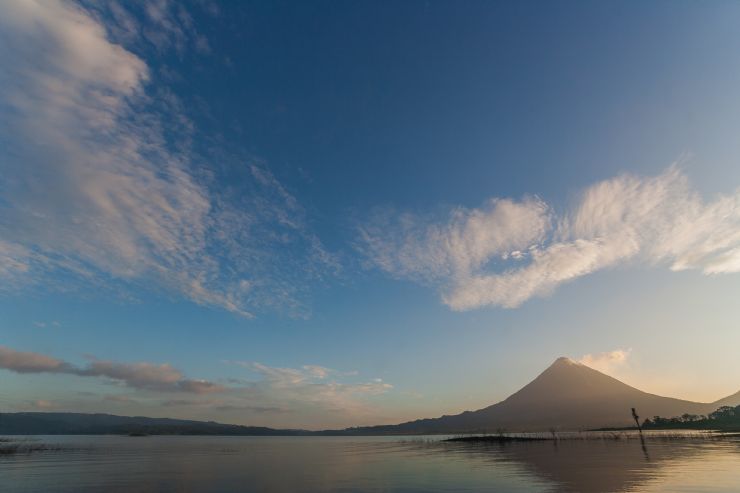 Amazing Arenal Volcano in the early morning
Amazing Arenal Volcano in the early morning

